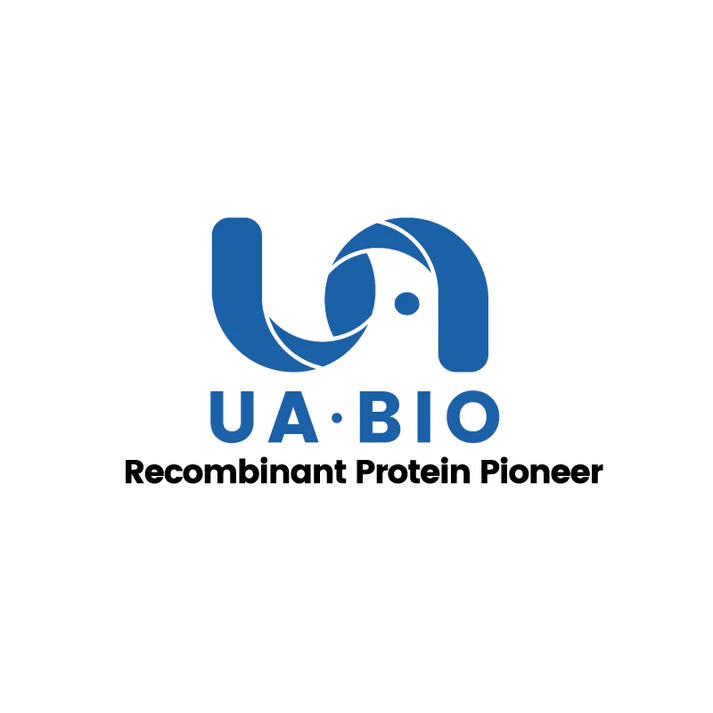Immobilized B7-1/CD80 Fc Chimera Protein, Mouse (Cat. No. UA011080) at 5.0μg/mL (100μL/well) can bind Biotinylated CTLA-4/CD152 His&Avi Tag Protein, Mouse (Cat. No. UA011177) with EC50 of 6.38-9.26ng/mL.
Product Details
Product Details
Product Specification
| Species | Mouse |
| Synonyms | Celiac Disease 3,Ligand And Transmembrane Spliced Cytotoxic T Lymphocyte Associated Antigen 4,Cytotoxic T-Lymphocyte Protein 4,CD152,Cytotoxic T-lymphocyte-associated antigen 4,CTLA4,CTLA-4,Cytotoxic T-Lymphocyte Associated Protein 4,Insulin-Dependent Diabetes Mellitus 12,Cytotoxic T Lymphocyte Associated Antigen 4 Short Spliced Form,Cytotoxic T-Lymphocyte-Associated Serine Esterase-4,CD152 Isoform,CD152 Antigen,CELIAC3,IDDM12,ALPS5,GRD4,GSE,CD,CTLA-4 Antigen |
| Accession | P09793 |
| Amino Acid Sequence | Glu36-Asp161 with His & Avi Tag at C-Terminus |
| Expression System | HEK293 |
| Molecular Weight | 25-30kDa (Reducing) |
| Purity | >95% by SDS-PAGE |
| Conjugation | Biotin |
| Tag | Avi Tag, His Tag |
| Physical Appearance | Lyophilized Powder |
| Storage Buffer | PBS PH7.4 5% trehalose |
| Reconstitution | Reconstitute at 0.1-1 mg/ml according to the size in ultrapure water after rapid centrifugation. |
| Stability & Storage | · 12 months from date of receipt, lyophilized powder stored at -20 to -80℃. |
| Reference | Liu M, Wu F, Duan B, Zhang Y, Wang W, Chen Z, Sun Y, Zhang G, Wang Y, Sun Y, Ouyang Y, Li G. Distinct immune memory induced by SARS-CoV-2 in convalescent liver transplant recipients. Front Immunol. 2025 Apr 2;16:1420150. |
Background
CTLA-4 (Cytotoxic T-Lymphocyte Antigen 4), also known as CD152 (Cluster of Differentiation 152 is), a protein receptor that downregulates immune responses. As a member of the immunoglobulin superfamily, CTLA-4 is expressed on the surface of helper T cells and delivers an inhibitory signal to regulate T cell activity. Structurally, the protein comprises an extracellular V domain, a transmembrane domain, and a cytoplasmic tail. Alternative splice variants of CTLA-4 produce different isoforms, including a soluble form.
CTLA-4 shares homology with the T-cell co-stimulatory protein CD28, and both molecules interact with CD80 (B7-1) and CD86 (B7-2) on antigen-presenting cells. However, they perform opposing functions: while CD28 provides a stimulatory signal, CTLA-4 delivers an inhibitory signal, making it a critical checkpoint in immune regulation. Intracellular CTLA-4 is also found in regulatory T cells and plays a role in their function.
Fusion proteins incorporating CTLA-4, such as CTLA4-Ig, have been utilized in clinical trials for conditions like rheumatoid arthritis, highlighting its potential in immunotherapy.
Picture
Picture
SDS-PAGE
ELISA


